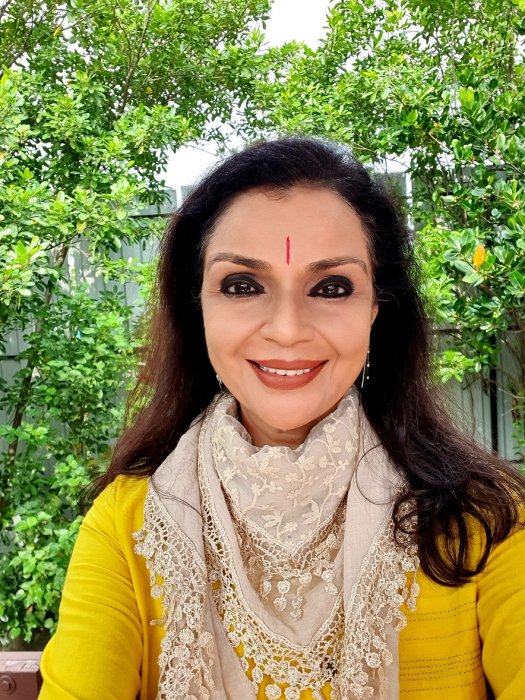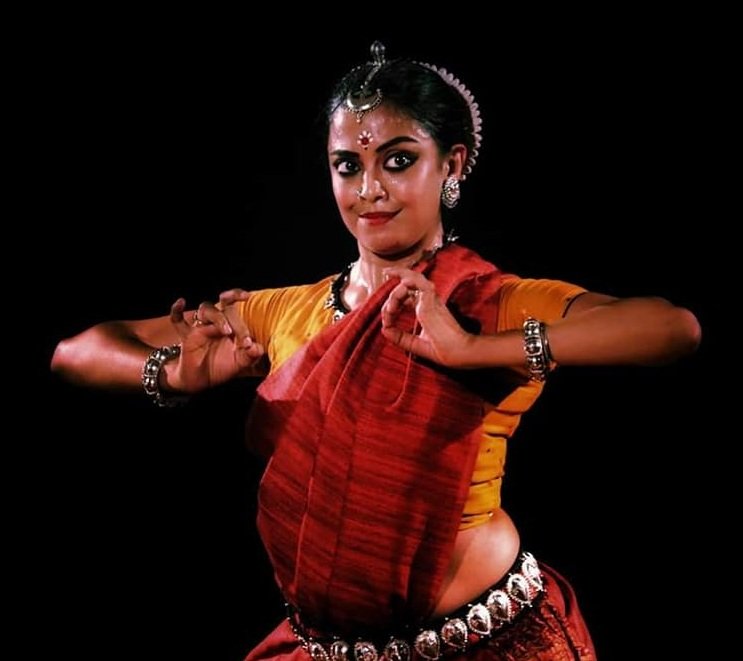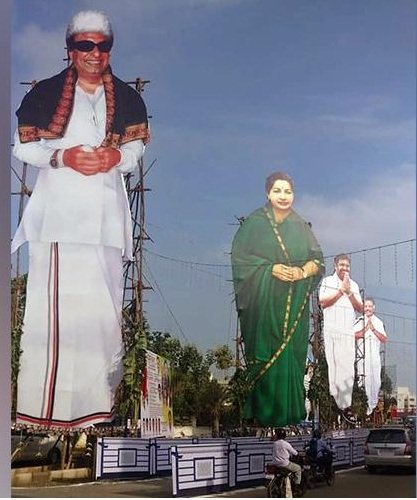
|   |

|   |
|
September 2020  In the midst of hate, I found there was, within me, an invincible love. In the midst of tears, I found there was, within me, an invincible smile. In the mist of chaos, I found there was, within me, an invincible calm. I realised, through it all, that in the midst of winter, I found there was, within me, an invincible summer. And that makes me happy. For it says that no matter how hard the world pushes against me, Within me, there's something stronger - Something better, pushing right back - Albert Camus, Nobel Laureate, philosopher, author, journalist We are in month #6 in India's state of the pandemic. There is still much uncertainty and fear. However, August brought its fair share of drama, theatre, great dialogue, high emotions, tears, chest beating, wailing, public confessions and pompous posturing. A truly gripping reality show of dance-theatre! #THE CITY OF RENEWED JOY If you thought that Bengalis loved their language, arguments, coffee houses, sweets and Tagore and little else - think again. Take a fresh look at what is brewing in the cultural circles of Kolkata and West Bengal. There is a new generation of international Bengalis who are bringing the best of their travels, education, upskilled language of resistance and creative practice into hacking through the "Laissez faire" attitude and reactivating performance spaces. During the pandemic lockdown, PARAMITA SAHA, a contemporary dancer with Sapphire Dance Creations, curated several unusual initiatives. The most provocative and engaging was her ART ALONE TOGETHER on Sunday August 22nd. It was an embarrassment of riches - one stunning presentation after another. Starting with the enigmatic and brilliant Kiran Kumar, performer and travelogue philosopher, his thought provoking visuals about Indonesia and India - every word like a pearl culled from a lifetime of observations, and experience. This meditative opener was followed by Manipur's Surjit and his colleagues creating a heart stopping performance of political resistance in their rehearsal space with one long pole. Shot on a camera phone, the tin roof caused the phone to overheat and the live session was interrupted briefly, showing us how tenuous this time of connectivity is from various parts of India. The third, and to me, the most satisfying session was the QUEER MUSLIM PROJECT, where two 24 year old artistes - Reya Ahmed from Kolkata and Sarah Naqvi from Amsterdam - spoke of isolation, the needing to be held, wanting to fit into their families and society, the fear of stigma - and gradually finding the voice and the articulation from the larger feminist movement to step out and stake their individual space for expression through multiple identities of painting, textiles and performance. The idea of the MUSE being a pawn in the patriarchal framework was highlighted. That a mute woman was usually waiting to be sculpted and shaped by a male hand and gaze. That the woman was an equal "collaborator" in the project. That even today, male patrons occupy centre stage and accumulate the credit while referring in passing to women performers as mere marionettes. I could not attend all 8 sessions that were spread through the day and included magic, circus and folk theatre from the Sunderbans, but was totally energised with the first three - enough to revisit and rethink many of my own travels, feminist accented work and the enigmatic prism of the growing LGBTQIA+ movement. Working persistently in practice and curation is VIKRAM IYENGAR whose Pickle Factory is but 3 years old and already a cultural force in India. A Kathak performer who made a successful transition to the contemporary space with the wonderful solo ACROSS NOT OVER (created in collaboration with Preethi Athreya), Vikram has collaborated with international agencies and devised site specific events while seeking a permanent space for the PF project. I remember accompanying him to the dilapidated GEM CINEMA theatre in Kolkata which was magically transformed into a performance space for one of the PF events. Speaking passionately and directly to a small group of registered participants, Odissi dancer SHARMILA BISWAS imagined her relationship to dance "as something so vast that she can always try to but never touch." I do not have that kind of expanse that dance could be and wished at that moment that I could also feel like Sharmila. During her hour long session, Sharmila spoke disarmingly about the challenges of holding her students together, creating games through rhythms, her own attempt at a new solo (hampered by a single camera phone and unable to capture the nuances of her choreography) and the hilarious example of her senior student Rohini Bannerjee as Goddess Durga packing to come to earth in time for the annual Durga Puja festival. Lord Siva arrives drunk and unable to hold himself together. The tongue lashing that "Durga" gives "Siva" in an imagined monologue in colourful Bengali had our imaginations in free flow while chuckling at the scenario.  Shashwati Garai Ghosh A good guru is one who watches her students fly in various directions. Sharmila is now at a juncture in her teaching career where her student SHASHWATI GARAI GHOSH is making a name for herself at a steady and impressive pace. In one of her online presentations, Shashwati presented a beautifully shot and edited piece called SAMA - uniting the Yin and Yang of the self within the female body. I watched a clean and de-cluttered space come alive with beautiful dancing, simple costumes, good music and clever editing. It was a well planned performance with titles, voiceovers and subtle dissolves. Shashwati, among the best Odissi performers in the country today, should give tips to dancers of her generation on how to present online during this very difficult time for all performers. From just 4 creative agents - all based in Kolkata- the signs of the former capital of India regaining its status as an important crucible for cultural thought and practice are stronger than ever. # HAIL TO THE US of A Professionalism all the way was the marker for three online dance events spread between two cities. In New York, Indian dance lovers were treated to the DRIVE EAST festival and the BATTERY DANCE DOWNTOWN FESTIVAL. In Chicago, mother-daughter duo Hema and Krithika Rajagopalan pulled off an ambitious and much watched festival called PARAMPARA featuring 6 of North America's most celebrated performers and teachers.  DRIVE EAST put their money where their mouth is. Paying for professional theatre recordings with multiple cameras, the performance of Rama and Dakshina Vaidyanathan was a successful effort at how dance could be choreographed for the camera with a deliberate out of focus seeming charming and on point. The hefty ticket prices were met with enthusiastic audiences which proved that if you have something good to offer, audiences are willing to pay for it. With Rajika Puri delivering her charismatic introductions and engaging compering, the BATTERY DANCE FESTIVAL, founded by Jonathan Hollander, concluded with yet another successful edition - this time online. My attention was, however, drawn to the Windy City - Chicago - where Hema Rajagopalan realised her 10 year old dream. Hema had often spoken about how she wanted to bring the senior gurus in North America together and how she realised that looking to India for all the inspiration and answers was not a worthwhile pursuit. The American realities were so different and the challenges these women faced from the 1970s needed to be highlighted. In partnership with her capable daughter Krithika Rajagopalan (sitting in her San Jose, California home) they invested wisely in back-end technology to pull off a fantastic two weekend event. The PARAMPARA festival featured workshops by the iconic gurus and their styles - Rathna Kumar, Lata Pada, Ramya Harishankar, Katherine Kunhiraman, Mythili Kumar and Hema Rajagopalan. With 5 of the 6 having studied with traditional gurus, I wished the panel discussion could have explored the issue of how the hereditary male gurus taught their female students while mostly sitting down. # LOOKING THROUGH A PRISM  Kamala D Harris US Presidential Democratic nominee Kamala Devi Harris suggests in one of her many interviews about the intersectionality of her multi racial identity (part Tamil Iyer and part Jamaican) - here I am paraphrasing- She says, "We are more like a prism where the many shades of our multi-dimensional lives are reflected and refracted in different shades and depths." Such "refraction" that enables us to see identities and issues not as monolithic but as multiple is very productive to keep in mind especially when debating controversial issues with civility and respect. Such was unfortunately not the case with a recent online conversation between two scholars, AVANTHI MEDURI and SWARNAMALYA GANESH. The session stirred up a huge torrent of protest and comments from several individuals bent on devaluing the very purpose of the conversation - DEVADASI - History, Identity, Politics. In the subsequent storm of anger and allegations that were thrown at both participants, the very purpose of the conversation was lost. The history of Bharatanatyam is not a linear story of a single community (Isai Vellalar) annihilated, robbed and eliminated by another (Brahmins), their art seized and repurposed within the framework of the newly independent nation state and the glorious story of the hereditary artistes stamped upon and cast aside to rot and decay. End of Story. Is THAT the history that some scholars would like to thrust down our throats AS THE ONLY STORY without adequate context about issues on both sides? Is this that their academic posture of half-truths be taken seriously by young students of Bharatanatyam? Are the latter being misled into believing only one side of this history? Is it as simplistic as gazing through a glass shield - noses flattened against the surface, fearing a raging mob wanting to break through? #A GOLIATH REBORN  Courtesy: The News Minute Let me remind readers of an actual series of events during the last century. When Dravidian politics took hold of Tamilnadu in the mid 1960s, all idols of worship were shunned. In removing familiar religious icons and adopting atheism, guess who replaced the Gods? The Dravidian politicians! The now popular national practice of Viswarupa giant 25 feet high cutouts for political rallies and the humongous 20 kilo/50 pound celebratory garland came from the very same Tamil political culture that said NO IDOL WORSHIP. Topple one statue to replace it with another. The pedestal can never be empty. #2020 WIDENING SCHISMS / NARROWING VISIONS Our world is at present gripped by physical, mental and emotional challenges. COVID-19's invisible presence has spread a psychic darkness that permeates the globe with authoritarian leader whose power tactics are sadly seeping into many minds of the general populace. In India, there is a long history of the inequities fostered by caste; however, this reality has been lowered to targeting individual artistes only because they belong to the upper-caste (one is born into this, so, like race, there is no human choice involved.) However, in any struggle for racial and social justice, the solidarity of progressive people, of any caste or race is crucial. No fight for justice, even in this caste issue, is won by hurling invective, demeaning individuals, and simply attacking the upper-castes for who they are without recognizing the significant roles that they have played in the history of Indian dance. It is not a simple matter of rewriting Bharatanatyam's history with the weapons of name-calling, and tearing down individual artistes. Further, what and who are the beneficiaries of these abominably low attacks? Are they the hereditary artistes? Or are they cozy academics with salaries and privileges who wish to become the new standard bearers of Bharatanatyam's history? Is such caste baiting finding an audience among other academics for whom the latest debate is simply a matter of academic interest? Is forcing people to choose sides without engaging in an inter-generational dialogue and debate really useful? Is aligning with "victim and guilt politics" the fashionable choice? Is wishing to throw an entire community into the bonfire a viable option through targeted trolling and planned online hate? Such limited and unproductive interventions on the basis of caste alone, and such toxic invectives that bait certain individuals are not, in fact, reshaping the debates on caste or the role of hereditary artistes, but rather, appears to be aggrandizing the academic careers of a few individuals. We are treading on quicksand. The voices of "revolution" should be wary of the trap of "righteous ownership" and not see one VS the other but create a blueprint for the co-existence of both in the best and practical ways. Demolition and ridicule at the cost of young minds is not the way forward. And so, Let us count the days to the end of 2020 Like a kidney stone waiting to pass - Dr. Anita R Ratnam In Chennai but about to hit the road very soon Twitter: @aratnam Facebook: Anita R Ratnam Instagram: @anitaratnam Blog: THE A LIST / anita-ratnam.blogspot.in Post your comments |